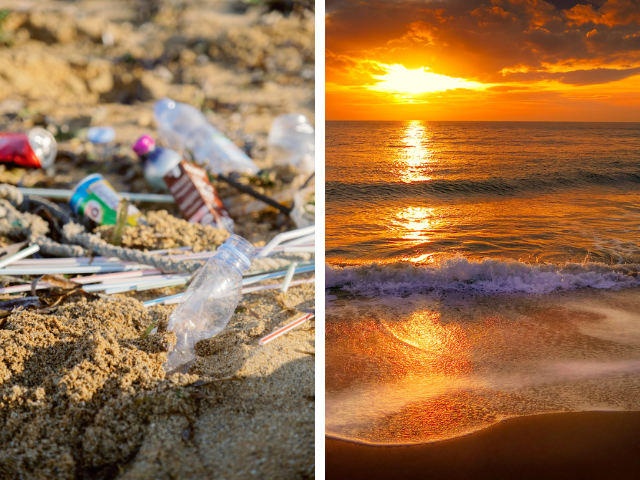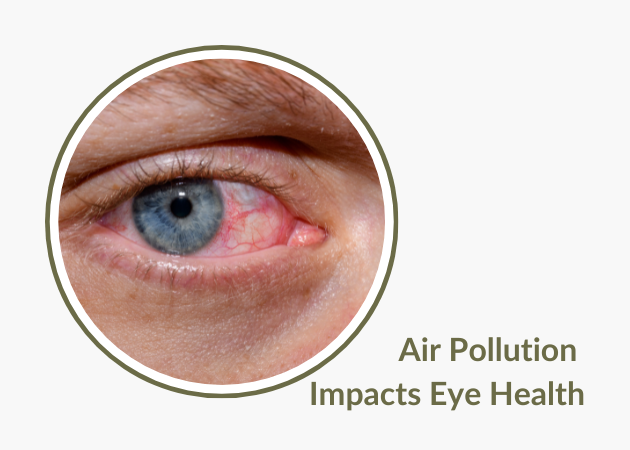
Private jets like this one may carry only a handful of passengers—but their environmental footprint is massive. A single private jet can emit as much carbon dioxide in a year as 177 cars.
When we think about pollution from flying, most of us picture big commercial planes taking off from crowded airports. But there’s a smaller, more exclusive kind of flying that’s creating a surprisingly big impact on our planet: private jets.
Private jets may seem like a luxury issue, but they’re a climate concern that affects everyone. While only a small group of people use them, their environmental impact is outsized. A recent study by the International Council on Clean Transportation (ICCT) looked at just how much pollution private jets cause—and what we can do about it.
What is a private jet?
A private jet is a small airplane, usually owned or rented by individuals or companies, that flies with only a few passengers. Unlike commercial airplanes that carry hundreds of people at a time, private jets often fly nearly empty.
Because they carry fewer passengers, private jets release much more pollution per person than regular flights. And unlike buses or trains that are available to the general public, these flights are mainly used by the wealthy for convenience.
Why we’re talking about them
You might wonder—if there are so few private jets compared to commercial flights, why focus on them?
It turns out, these jets are some of the most polluting forms of transportation per passenger. And their use is growing fast. The study found that private jet emissions increased 25% over the last decade, and they now account for nearly 4% of all aviation pollution worldwide.
Even though they’re used by a tiny fraction of people, private jets are contributing a lot to climate change—and avoiding accountability in the process.
What the Study Found
Private jets pollute much more than commercial flights
- On average, a single private jet emits 810 tons of greenhouse gases (GHGs) each year.
- That’s equal to the yearly emissions of 177 passenger cars or 9 large trucks.
- Private jet passengers cause 5 to 14 times more emissions per person than commercial airline passengers.
The U.S. leads the world in private jet pollution
- In 2023, 64.6% of all private jet flights started from the U.S.
- Florida and Texas alone had more private jet flights than the entire European Union.
- The U.S. was responsible for over half of global private jet emissions.
Most private jet trips are short and avoidable
- Half of private jet flights were under 900 kilometers (about 560 miles).
- These are trips that could often be replaced by high-speed trains or more efficient planes called turboprops.
- Many private flights are for convenience, not necessity.
The Bigger Problem
Health risks from air pollution
Private jets don’t just release carbon dioxide—they also emit air pollutants like nitrogen oxides (NOx) and fine particles called PM2.5.
These pollutants:
- Harm air quality near airports
- Increase the risk of asthma, heart disease, and early death
- Disproportionately affect low-income communities who live near major airports
Climate change and who it affects most
Even though private jet travel benefits a wealthy few, the pollution they cause harms everyone—especially people in vulnerable regions. Rising temperatures, stronger storms, wildfires, and droughts are all linked to climate change fueled by greenhouse gas emissions.
What Can Be Done
We don’t have to accept this as the cost of modern travel. The study suggested a few realistic steps:
Taxing private jet fuel
- A proposed fuel tax of $1.59 per gallon could raise up to $3 billion a year.
- This money could fund climate solutions or support public transit.
- Right now, many private jets pay little or no fuel tax, giving them an unfair advantage.
Switching to cleaner alternatives
- Turboprop planes, which use less fuel, could replace jets on short routes.
- High-speed trains can be even cleaner, especially in regions like Europe.
- Avoiding unnecessary flights—or replacing them with remote meetings—also helps.
Why policies matter
Private jets often fly under the radar—literally and legally. Many are exempt from emissions trading programs, escape higher taxes, and aren’t required to improve efficiency. Stronger laws can help level the playing field.
What You Can Do
You don’t need to fly a private jet to make a difference.
Talk about it
- Share what you’ve learned with friends and family.
- Challenge the idea that private jets are just a personal choice—they have public consequences.
Support better climate laws
- Vote for leaders who take climate and pollution seriously.
- Support policies that make polluters pay their fair share.
- Encourage investment in cleaner transportation options like rail and electric buses.
Summing Up
Private jets may seem like a small part of a big problem—but they’re a high-impact example of climate inequality. A few people benefit, while the rest of the world shares the cost.
The good news is that we have clear data, real solutions, and growing public awareness. If we take smart action now—through policies, taxes, and cleaner options—we can reduce these emissions and build a future that works for everyone.
It’s not about stopping travel. It’s about making sure travel doesn’t cost us the planet.
Source: Sitompul, D., & Rutherford, D. (2025). Air and greenhouse gas pollution from private jets, 2023. International Council on Clean Transportation. Retrieved from


